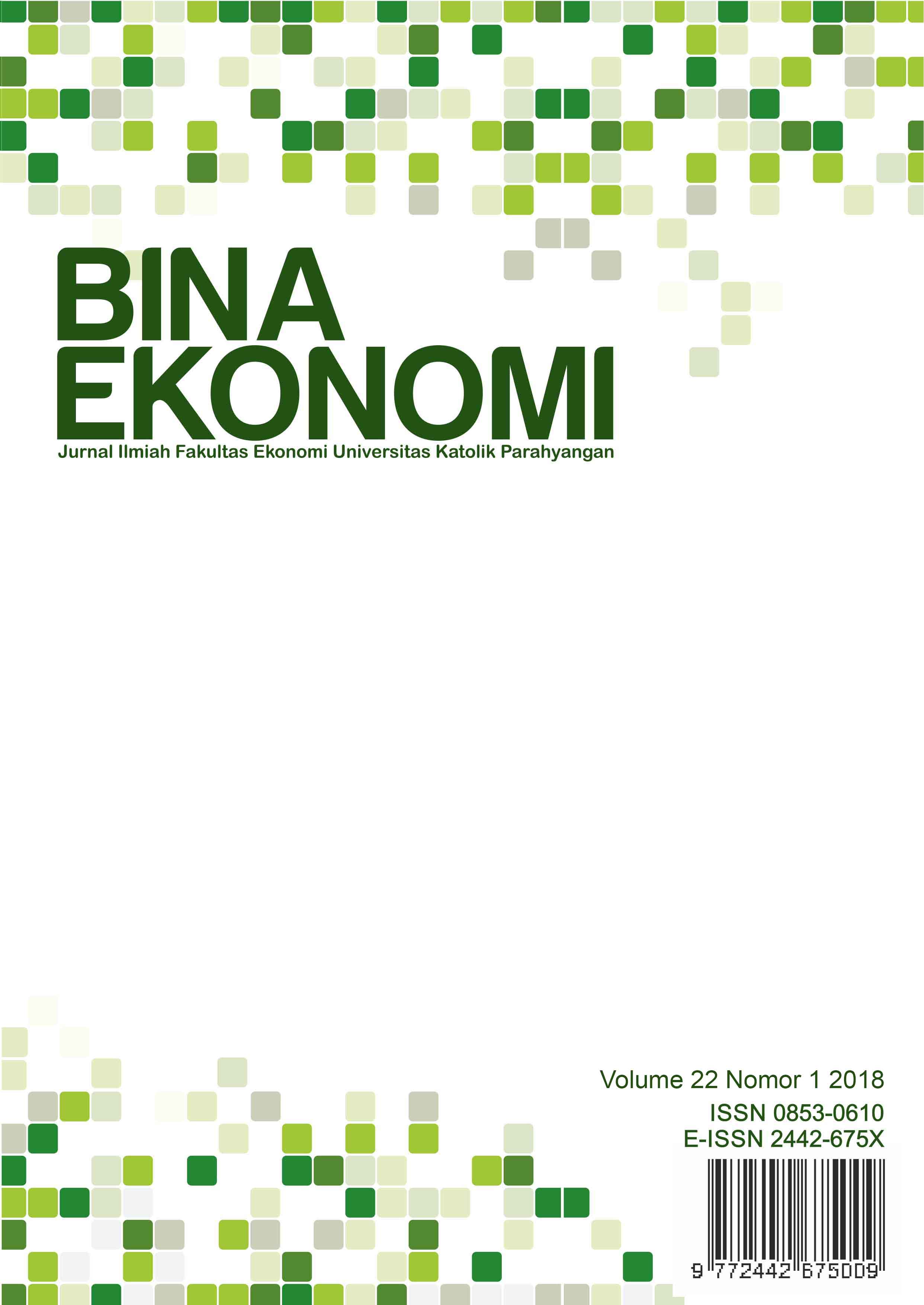EFISIENSI SEBAGAI BASIS KEBIJAKAN PENYELENGGARAAN PERUMAHAN RAKYAT
DOI:
https://doi.org/10.26593/be.v22i1.3722.85-94Abstract
Compared to other countries, housing financing in Indonesia is relatively left behind. In Indonesia, housing financing is dominantly by banking’s mortgage loan. Furthermore, the ratio of home loan to GDP of the country is still insignificant. If we compare to other countries’ banking sector, Indonesia’s banking sector is less efficient. This could be observed from the interest rate spread of the banking sector. This article argues that, housing policy in Indonesia should focus on improving housing financing efficiency through: efficient primary housing financing, liquid and stable bond market, and supporting regulation based on cost and benefit analysis; in order to provide affordable housing for low income people in Indonesia.
Keywords: housing financing; housing policy; banking sector efficiency; Indonesia
References
Arner, D. (2002). Emerging market economies and government promotion of securitization. Duke Journal of Comparative & International Law, 12:505, 505-519.
Bank Indonesia. (n.d.). Sejarah Bank Indonesia: Perbankan periode 1997-1999. Unit Khusus Museum Bank Indonesia: Sejarah Bank Indonesia.
Bhattacharyay, B. (2011, Juli). Bond market development in Asia: An empirical analysis of major determinants. Asian Development Bank Institute WP Series No. 300, 1-31.
Cardin, J. S., Fleishman, D. M., & Stamas, G. P. (1976). International secondary mortgage market: a proposal. Maryland Journal of International Law, 1(2), 172-195.
Carmichael, J., & Pomerleano, M. (2002). The development and regulation of non-bank financial institutions. Washington D.C.: The World Bank.
Diamond, D. (1997, Juli). The promises and perils of interest ate subsidies: a survey of eight selected programs. US Agency for International Development.
Eichengreen, B., & Hausmann, R. (1999, November). Exchange rates and financial fragility. National Bureau of Economic Reseach WP No. 7418, 1-54.
Eldin, Z. B., Mohieldin, M., & Nasr, S. (2004, Desember). Prospects of mortgage markets in MENA countries: an analysis of financial, legal, and institutional aspects with emphasis on the Eqyptian case study. The Economic Research Forum WP Series No. 430.
Green, R. K., & Wachter, S. M. (2007, Agustus). The Housing Finance Revolution. University of Pennsylvania Institute for Law and Economics Research Paper No. 09-37.
Koentjaraningrat. (1990). Pengantar Ilmu Antropologi. Jakarta: PT. Rineka Cipta.
Kompas.com. (2017, Oktober 20). Rasio KPR Indonesia Terendah di Dunia. Retrieved from Kompas.com: https://properti.kompas.com/read/2017/11/20/130000521/rasio-kpr-indonesia-terendah-di-dunia
Laeven, L. (2014, Desember). The development of local capital markets: Rationale and challenges. International Monetary Fund WP No. 14/234, 1-24.
Posner, R. A. (1977). Economic Analysis of Law (2nd ed.). Boston: Little Brown and Company.
Rajagukguk, E. (2005). Peran legislator dalam penyusunan peraturan perundang-undangan. Key-note Speech dalam Legal Drafting Course bagi anggota DPRD. Jakarta: Badan Kemitraan Ventura Universitas Indonesia.
Romli, L. (2008, November). Masalah Reformasi Birokrasi. Jurnal Kebijakan dan Manajemen PNS, Pusat Pengkajian dan Penelitian Kepegawaian BKN, 2.
Siagian, S. (1994). Patologi Birokrasi Analisis, Identifikasi dan Terapinya. Jakarta: Ghalia Indonesia.


